Is Vinegar or Bleach Better for Killing Mould?
The team at I-sells recognise the discomfort, destruction and danger that can be caused by inadequate ventilation, along with environments that are not properly maintained, that can become susceptible to mould.
Mould can and will spread if left unattended, but it can be dealt with in a variety of ways, in this blog, we will be discussing “‘is vinegar or bleach better for killing mould?”
But first, let us explain how mould forms.
How does mould form?
Mould in your home generally occurs as a result of condensation.
Condensation occurs when heat and moisture in the air are confined to a certain area, as this heat tries and fails to escape, droplets of water are created on cold surfaces. A good way to think about this is having a hot shower on a cold day and not opening your window.
The reason condensation creates mould is that a damp and humid environment is the optimum condition for mould to grow. In regards to windows, it is a big problem if there is mould on your windows (it can usually be found in the corners of the windowpane or the walls connected to the window).
The true danger of mould is that its particles can travel through the air without us seeing it, incidentally, this means opening a window with mould on it runs the risk of that mould being blown inside your room alongside the fresh air.
That being said, condensation is not the only cause of mould, it can occur from leaks in the structure of a building too. Aside from this, mould can develop from out of date food, which spreads to other food that is left near it.
Mould Exposure
moulds produce allergens (substances that can cause an allergic reaction), irritants and, sometimes, toxic substances.
Inhaling or touching mould spores may cause an allergic reaction, such as sneezing, a runny nose, red eyes and skin rash. Moulds can also cause asthma attacks. if you have damp and mould in your home you’re more likely to have respiratory problems, respiratory infections, allergies or asthma. Damp and mould can also affect the immune system.
If you want to know how to reduce condensation in your home, or learn about mould exposure, take a read at our blog which has all the information you need here.
Is vinegar or bleach better for killing mould?

Is Vinegar or Bleach Better for Killing Mould
On some occasions, you may not have to break the bank in order to remove mould, it could just be a case of treating it. And luckily there are two household items that can effectively combat mould, and are worthwhile options to try before investing in mould treatment solutions. These household items are vinegar & bleach.
Realistically, both options are viable when it comes to killing mould. However, vinegar holds the edge, although bleach will kill mould on the surface level, it is unable to penetrate into pourus surfaces like wood due to its thick consistency.
Although surface level removal is a good enough temporary measure, the mould will return as it can grow beneath pourus surfaces. However, vinegar is able to penetrate pourus surfaces and can therefore destroy mould from its ‘roots’, making it a viable option to try.
Is bleach better than vinegar?
In some situations this may be the case, though with bleach, there are definitely more safety precautions to be taken, this is because bleach can react with other chemicals that can create harmful gasses that can cause mild irritation all the way to conditions that require hospital treatment.
Even if bleach is diluted, you must still wear gloves & preferably a mask and goggles when handling. Vinegar is still slightly acidic to the skin so it is recommended to wear safety equipment, however the potential hazard of noxious gasses isn’t as prevelant with vinegar.
Using Vinegar to destroy mould
What you will need:
- White vinegar
- An Empty spray bottle x2
- Baking Soda
- Scrub pad or brush
- Mask, gloves, goggles.
- Apply your safety equipment before commencing
- Pour the vinegar into the empty spray bottle, then use the spray bottle on the moulded area, be sure to spray directly onto the mould. After spraying, leave it for an hour minimum.
- Add a teaspoon of baking soda and two cups of water in your spare spray bottle, shake thoroughly. This is your baking soda scrub.
- Spray the scrub directly onto the mould just as you did with the vinegar, then scrub the area, the baking soda helps to remove any stains caused by the mould. Rinse the area with warm water after the scrub.
- Spray the area once more with your vinegar or baking soda solution, (either is fine) then leave the area to air-dry.
Mould treatment – I-Sells

Is Vinegar or Bleach Better for Killing Mould
At I-Sells, we are here to help you combat the scourge of mould with the solutions that we offer, here are some options available in our mould control section.
Note: Any instance of cleaning or dealing with mould, one should at the very least, wear a mask and gloves.
Kair Anti Mould Paint 1 Litre White
&
Kair Anti Mould Paint 1 Litre Magnolia
Kair Anti Mould Paint is an excellent, premium quality, low odour anti mould coating guaranteed to protect against unsightly and unhygienic black mould even when there is persistent condensation.
The unsurpassed performance is achieved by combining modern paint technology with highly advanced, proven biocides. The anti-mould biocide is combined throughout the paint film, which is formulated to impart toughness, elasticity, water resistance and durability to the finish. You’ll find with this product that it is:
- Easy to use
- Fast Drying
- Low Odour
- Ideal for walls and ceilings
- Long-lasting protection
- Matt Finish
For best results, you should wash mouldy surfaces with Kair Anti Mould Surface Cleanser Concentrate. Specifically designed to clean and treat mould growth areas.
Kair Anti-Mould Additive For Emulsion & Gloss Paint – 50ml
Maybe you don’t want white or magnolia, we have got you covered if that’s the case. Our unique Anti-Mould paint additive contains a fungicidal additive that allows you to secure anti-mould properties to:
- Emulsion paint
- Eggshell paint
- Tile grout
- Gloss Paint
- Wallpaper paste
- Coatings
This means alongside having anti-mould paint in colours, you can also secure your tiling grout making your shower, kitchen or bathroom anti-mould, alongside your wallpaper.
Simply apply one 50ml bottle to any 2.5L bucket of paint that fits within the parameters mentioned above and mix thoroughly.
Want to secure your home from mould? We offer the Kair Mould Control Pack, a bundle with the previously mentioned surface cleaner, and two 50ml anti-mould additives, saving you 15% more than if you were to buy individually.
It is our responsibility to clarify that even though these products will help you get rid of mould, it will still come back if you neglect the maintenance needed to have a mould-free environment. Below are our tips for maintaining a mould-free environment.
Get the mould out
Now that we have shared our solutions to destroying the mould you are dealing with, it is now about preventing its return. Here are some things you can do in your home or flat to prevent the growth and spread of mould.
Ventilate – Ventilation is a key factor in keeping your home mould free. It can be as simple as opening a window when you are showering or cooking to opening a window when you notice condensation in your home.
For the best possible solutions in home ventilation, we recommend you take a look through our ventilation range. Or take a look at our blog to find out what the best extractor fan is for your kitchen, or alternatively, we can tell you the best extractor fan for your bathroom.
Track your humidity levels – Consider buying a Hygrometer. This device measures the levels of humidity in the air, which can indicate to you which rooms are creating the perfect environment for mould. This is a valuable maintenance and detection device that we offer.
- Deal with it – If you find mould on your food, dispose of it and any other foods that may have been touching the moulded food, or open within the same area. If you find mould on any surfaces, clean it immediately with our anti-mould surface cleaner.
If mould reappears at a certain spot in your home, check to see if there is any leak or damage to the area that can be letting moisture in. If so, contact your landlord or trusted tradesman to fix the issue.
Here to help – I-Sells

Is Vinegar or Bleach Better for Killing Mould
We at I-Sells endeavour to make sure our customers have all the information they need before choosing to invest in our mould solutions. Be sure to visit our blog page to gain knowledge on the wide array of factors and issues surrounding ventilation, mould, condensation, and much more.
We hope to have helped you by answering the question “Is vinegar or bleach better for killing mould?”.
We understand you may have more questions, Please do not hesitate to contact us for more information with regard to whatever you may need our help with. If you’d like to send us an email, click here. For other contact options, see below:
Call us on 020 8463 9696
Visit us at our showroom:
*OPENING TIMES*
Monday – Friday: 8:00 am to 5:30 pm
Saturday: 9:00 am to 12:00 pm
Sunday: Closed
15 St John’s Parade
Sidcup, Kent
DA14 6ES
United Kingdom

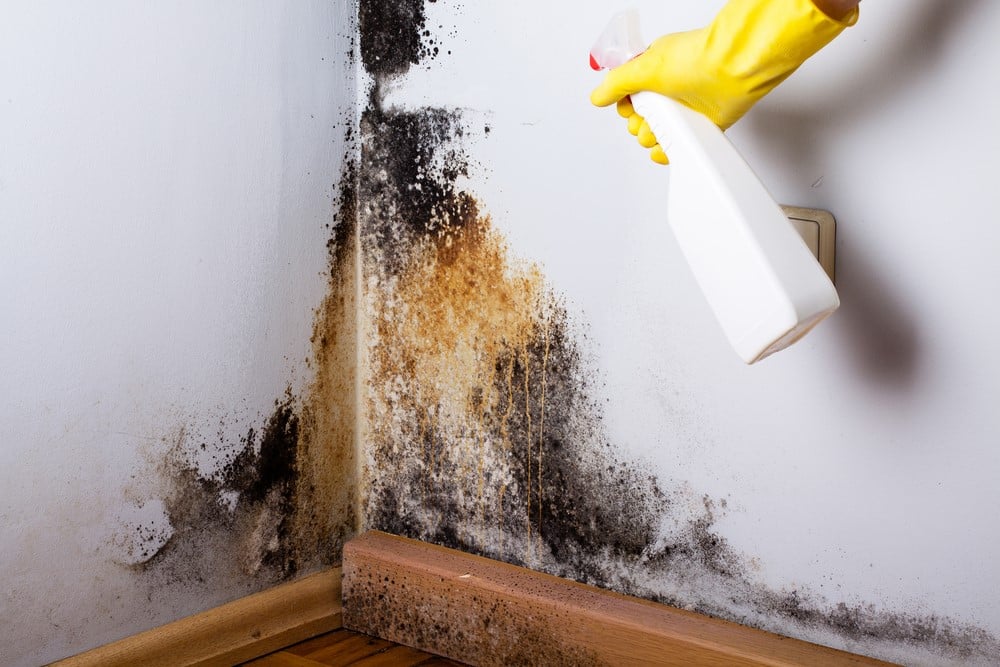
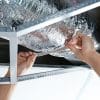
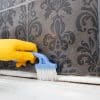


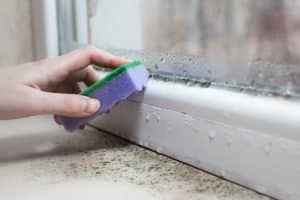
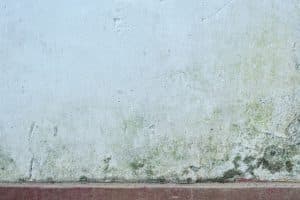





















Add comment
You must be logged in to post a comment.